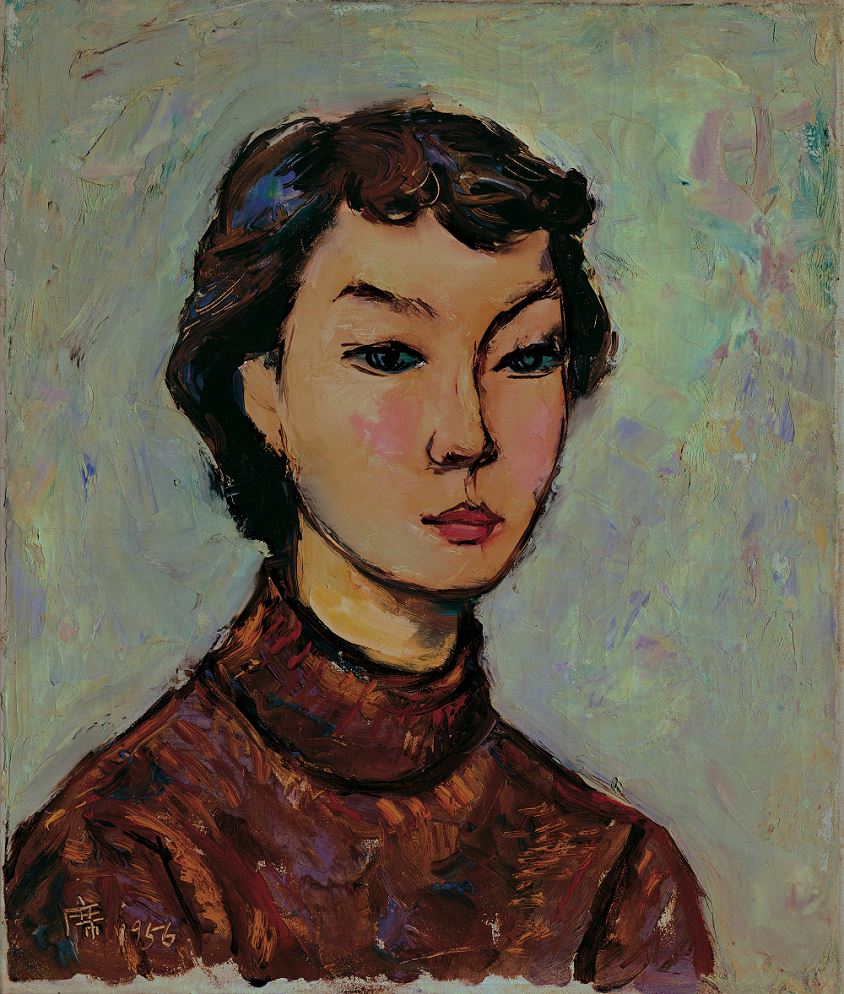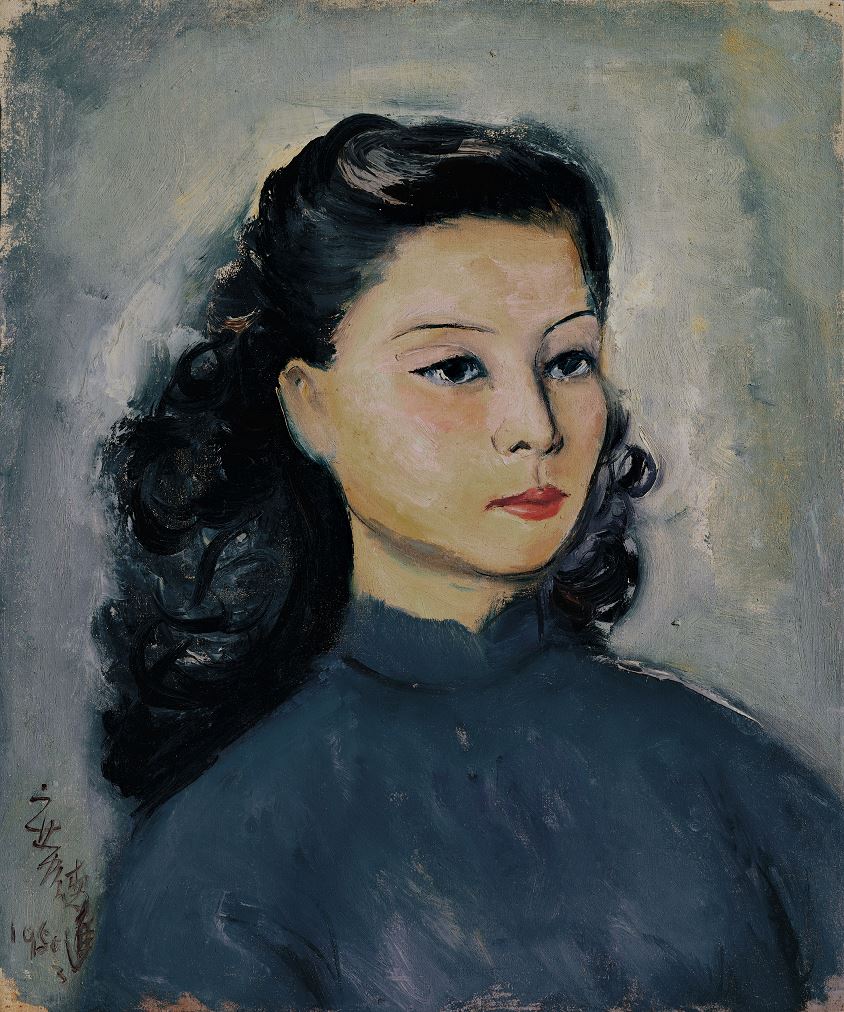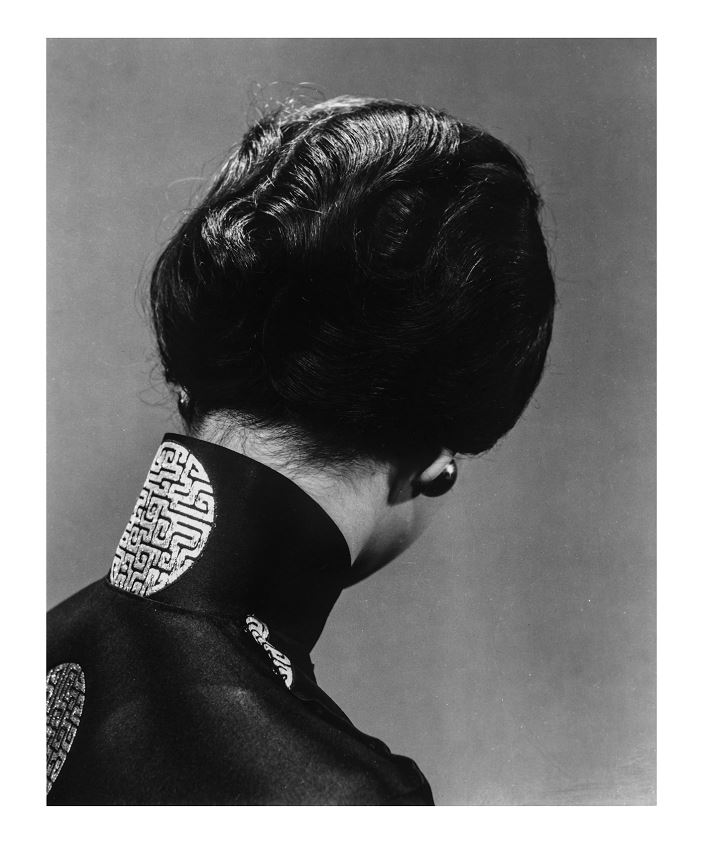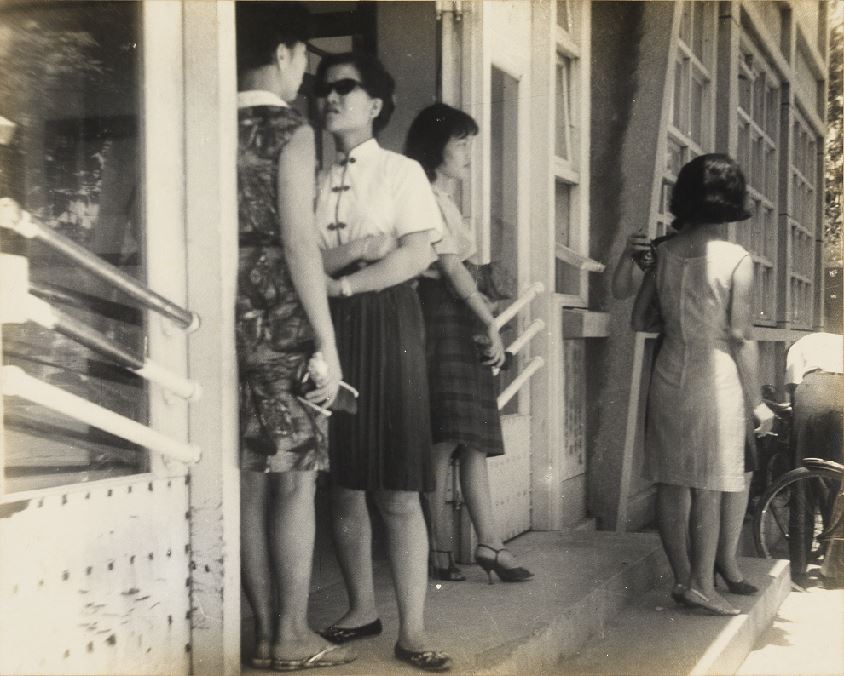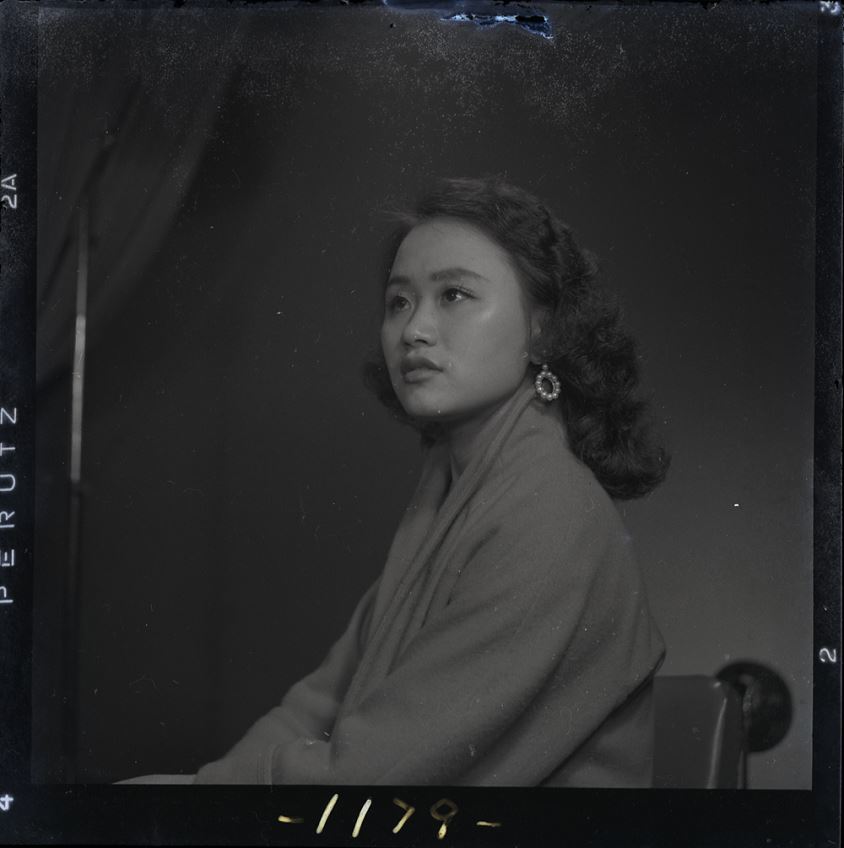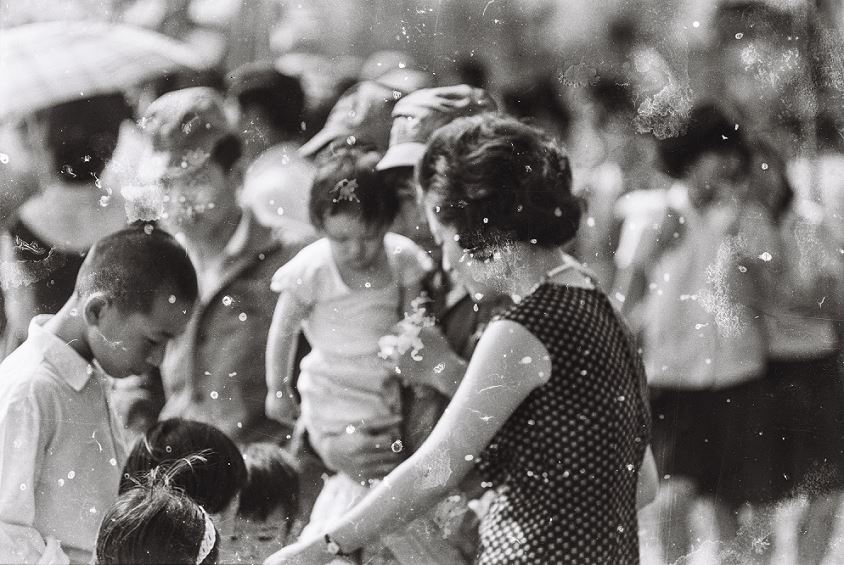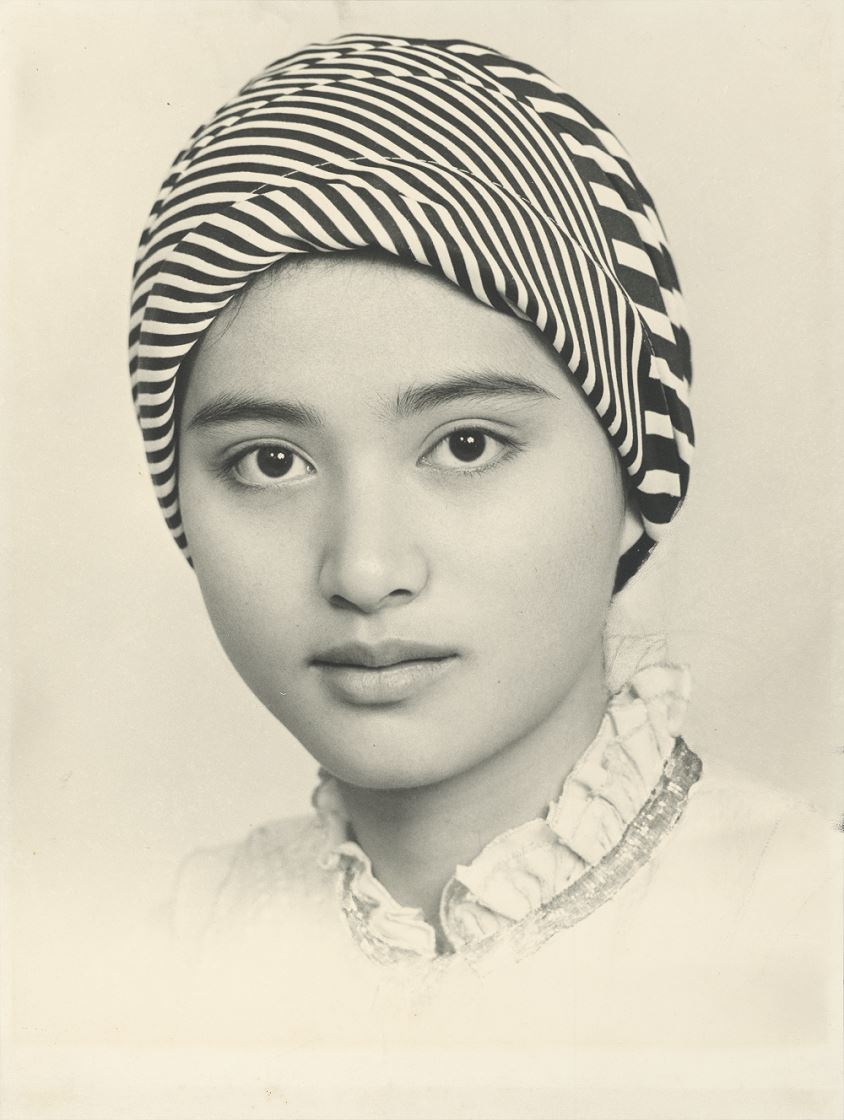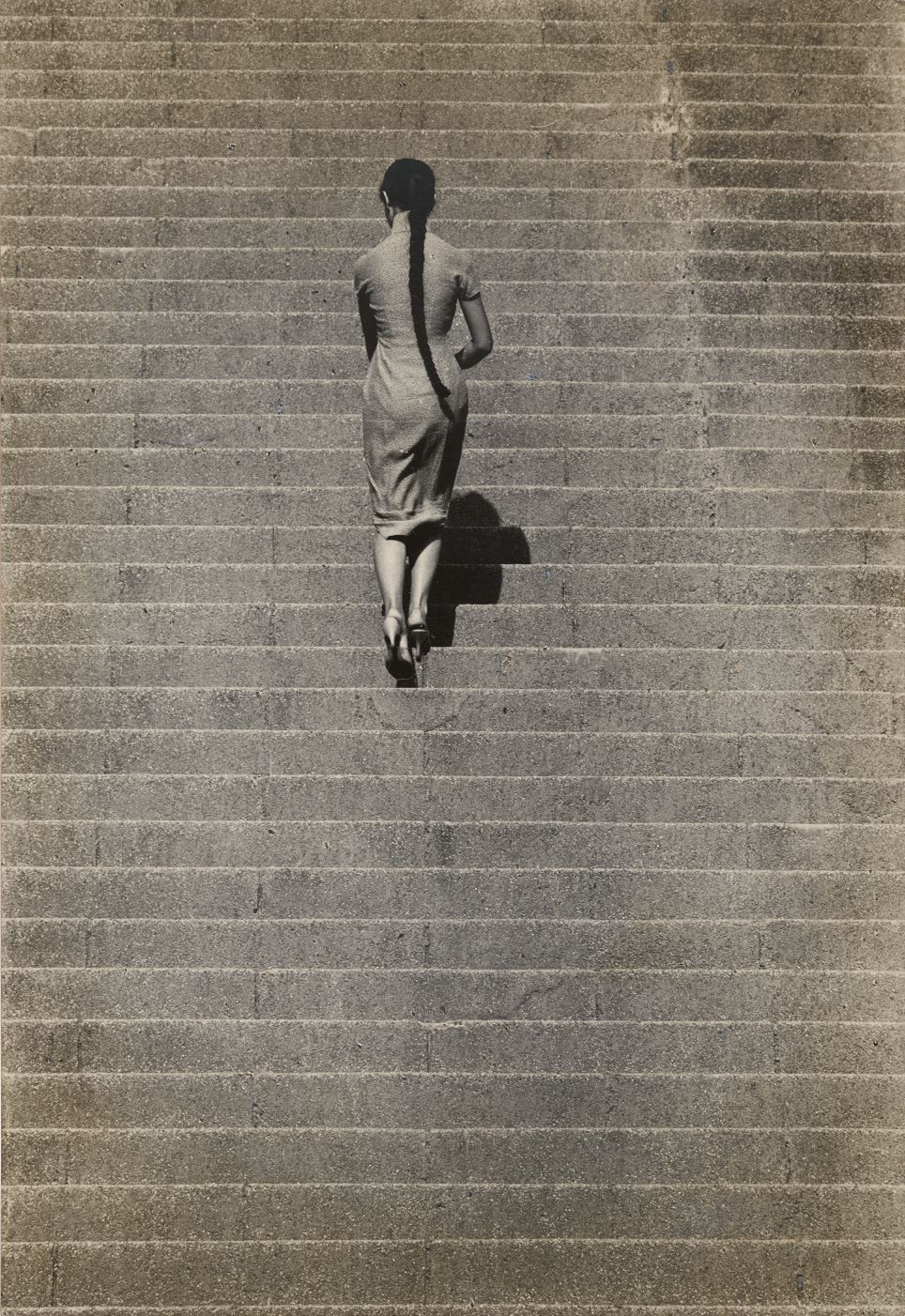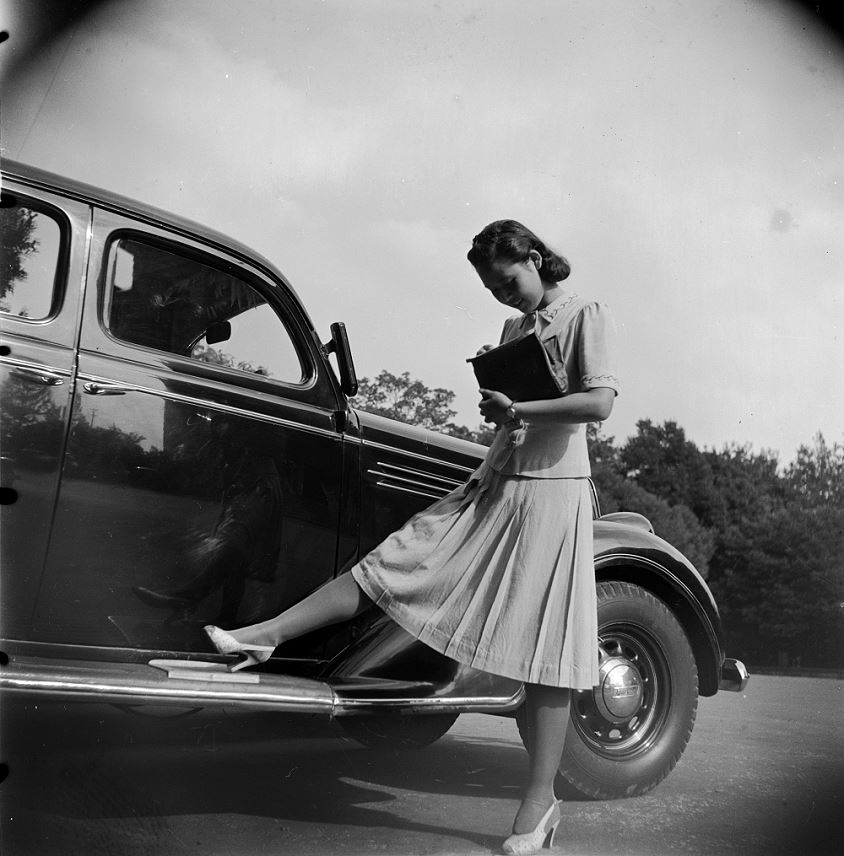 BackThe Iteration of Gazing
BackThe Iteration of Gazing
With Japan defeated, World War II concluded in 1945, and Taiwan was returned to be ruled by the Nationalist Government of the Republic of China. Before the Nationalist Government relocated to Taiwan in 1949, photography magazines and newspapers emerged among citizen-initiated photography-related activities, and relevant discussions reached beyond techniques and further encompassed research on the aesthetics of photography. As a result of the promotion by amateurs and professionals, photography transformed into a fashionable hobby. Meanwhile, individuals who learned photography in Japan during the colonial period returned to Taiwan, taking on apprentices or establishing photography studios, also contributing to the growing number of photography enthusiasts. These aficionados would gather and share their works, which led to the establishment of camera clubs and salons. Portable and lightweight 135 film cameras became common and led to the trend of photography as an elegant pastime, while the camera’s portability and convenience enabled photography to become an ideal tool for observing the pulsation of society and the formation of cultural trends. From the gaze of the other to looking back and inwards at our own land, the works not only encapsulated the epitome of the past epoch but also propelled photography’s transformation into an art form. And that is precisely where we now stand—gazing at the trajectory and memory of Taiwan’s society in dim but shimmering light, witnessing their evolution and the echoing images of their times.


